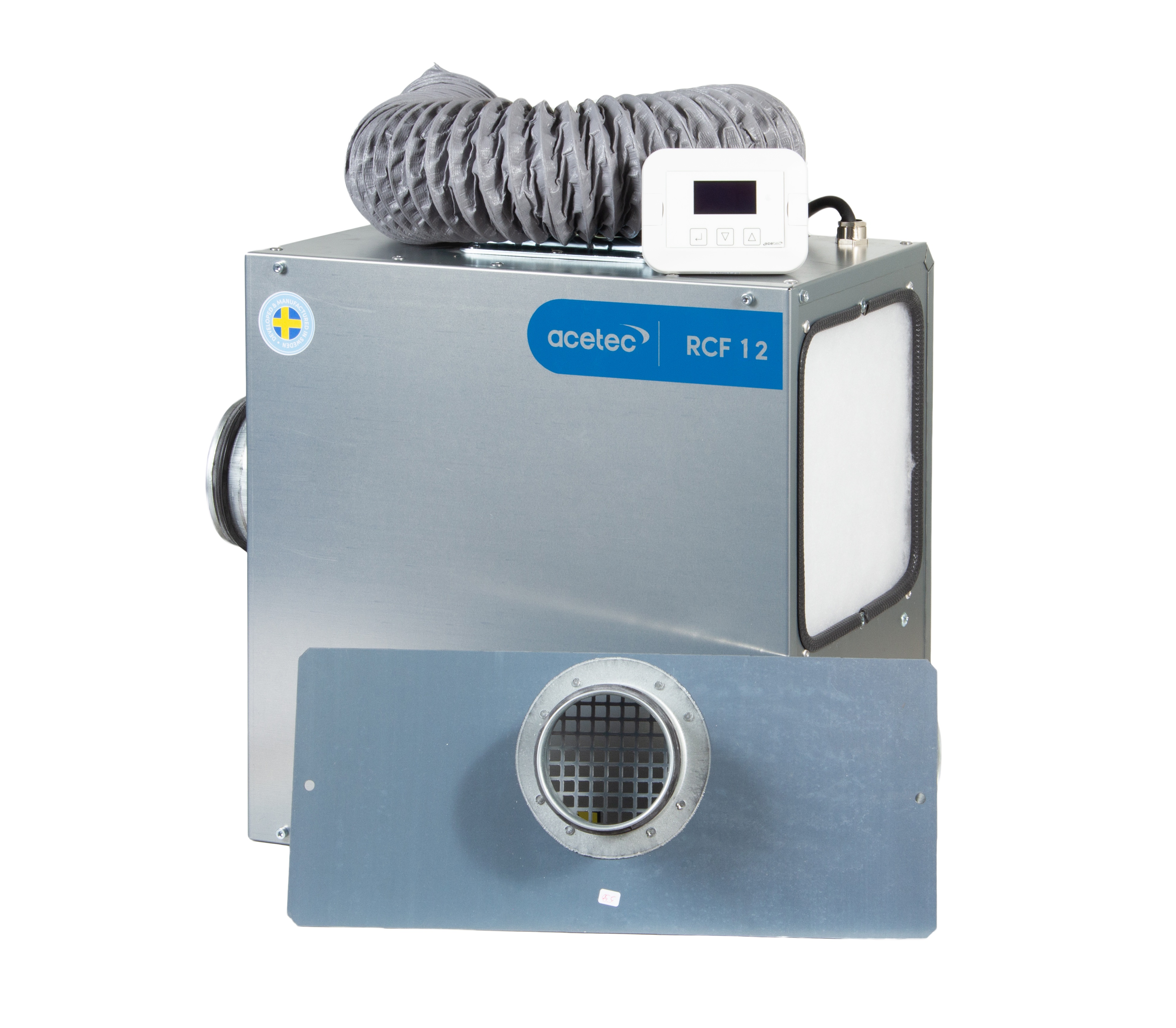Moisture in Crawl Space Foundation: Causes and Solutions

Has a musty smell spread indoors, and you don’t know where it’s coming from? Does your property have a crawl space foundation? Then it’s time to inspect it!
Our modern lifestyle has made crawl space foundations a common gathering place for moisture, which can lead to mold and rot. Moisture in the crawl space can cause health problems for both people and buildings, so it is important to address it quickly. However, the best approach is, of course, prevention. In this article, we will explain how to detect moisture and how to remedy moisture issues in your home's crawl space foundation.
What is a Crawl Space Foundation?
A crawl space foundation is a traditional type of ventilated foundation where the house stands on stones or walls, creating a space between the ground and the floor of the house. The stones are usually made of natural stone or bricks, which is a simple and cost-effective construction. By raising the house from the ground, moisture damage to the wood is avoided.
Since older crawl space foundations do not have as well-insulated floor beams as modern houses, more heat leaks down through the floor, creating a drier climate in the foundation. However, the foundation is uninsulated, meaning that its temperature follows the indoor climate. This can lead to problems if it is cold and humid outside while a lot of heat is coming from inside the house.
To provide ventilation, openings are built into the foundation walls. These are meant to prevent moisture problems. However, if the ventilation is insufficient, both moisture and mold issues can arise. It is especially common to see older houses and summer cottages built on a crawl space foundation. More modern houses are often built on a concrete crawl space, which typically includes moisture barriers and insulation materials.
Older crawl space foundations can suffer from moisture problems, so it is important to be aware of the potential issues and how to address them.
Differences Between Crawl Space and Modern Crawl Space Foundations
| Differences | Crawl Space Foundation | Modern Crawl Space |
|---|---|---|
| Usage Period | Before the mid-1900s | From the mid-1900s onwards |
| Material | Natural stone, brick | Concrete, masonry walls |
| Ventilation | Open, natural ventilation | Ventilated or with a dehumidifier |
| Moisture Risk | High | High |
| Insulation | None or minimal | Modern insulation |
Why Moisture Builds Up in a Crawl Space Foundation
A traditional crawl space foundation is highly susceptible to moisture and mold. The foundation remains as cold as the ground it sits on, while heat seeps down from the house through the floor beams. This can lead to condensation when water vapor turns into liquid water. The temperature differences between the ground, the outdoor environment, and the air in the foundation often lead to moisture problems.
- Condensation: Warm, humid air enters the foundation and cools against the cold ground or foundation walls. This often happens in summer when the air is warm, and the ground remains cool.
- Ground Moisture: Moisture rises from the ground, especially if there is no drainage. This becomes a bigger problem during snowmelt or heavy rainfall.
- Poor Ventilation: Insufficient ventilation in the crawl space foundation allows moisture to linger, creating a damp environment.
Consequences
There are advantages to having a crawl space foundation. Primarily, it is an inexpensive foundation, both to build and to repair if damage occurs. For example, it is easier and cheaper to fix water leaks in a house with a crawl space foundation than in one with a concrete slab or a modern crawl space.
However, if high humidity is not detected in time, it can lead to several negative consequences:
- Microbial growth
- Musty odor
- Wood rot
How to Address Moisture in a Crawl Space Foundation
It is important to address moisture issues in a crawl space foundation as soon as possible. If moisture has caused damage, it will not dry out on its own. The longer you wait, the more expensive the repairs will become. You may also need to remove mold from the foundation and possibly the house if you discover extensive mold growth.
Dehumidify Your Crawl Space Foundation with a Sorption Dehumidifier
Regular inspections are essential to ensure your foundation remains dry and in good condition. This allows you to detect moisture problems early and take action before severe damage occurs. Inspections are especially crucial during summer and autumn when humidity levels are highest. If your crawl space foundation is sealed and has poor ventilation, it may be wise to take preventative measures against moisture.
We recommend installing a portable sorption dehumidifier and sealing the foundation as much as possible. This device helps remove moisture from your crawl space foundation. It is a highly effective solution, giving you peace of mind knowing your foundation is well-protected. A sorption dehumidifier is a proven method for small, unheated spaces like crawl space foundations. This machine is specifically designed to remove moisture in areas with low temperatures and high humidity. It works in both above-freezing and sub-zero temperatures, making it suitable for year-round use.
Need help choosing a dehumidifier for your crawl space foundation?

